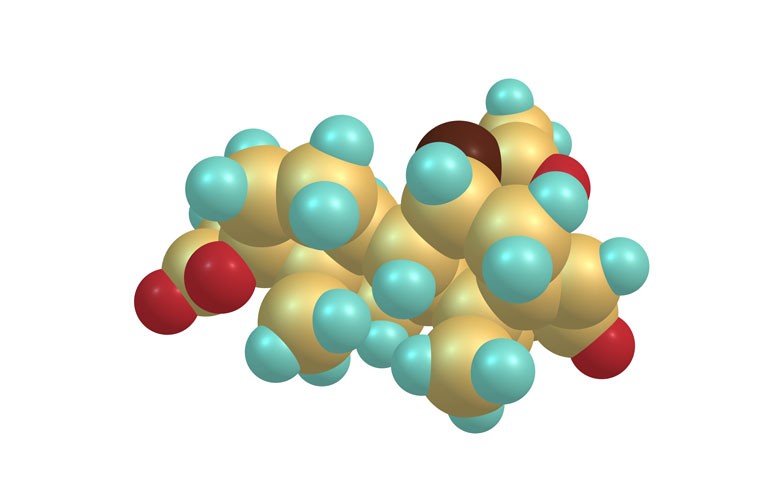Spironolactone use is not associated with an increased risk of any type of cancer but may actually reduce the risk of prostate cancer
Use of spironolactone does not appear to be linked with a higher incidence of any form of cancer and may even be protective against prostate cancer. This was the conclusion from a systematic review and meta-analysis by researchers from the University of Miami Miller School of Medicine, Florida, US.
Spironolactone is a potassium-sparing diuretic with a number of licensed indications including oedema, ascites, nephrotic syndrome and resistant hypertension. In addition, the drug is often prescribed ‘off-license’ for the treatment of acne in women, female pattern hair loss and hirsutism.
In fact, a recent and retrospective analysis of 403 women concluded that spironolactone improves clinical outcomes and is well tolerated for many adult women with acne using it for an extended duration.
Despite being used for a wide range of indications, the US Food and Drug Administration carries a warning that spironolactone has been shown to be a tumourigen in chronic toxicity studies in rats and that it should be used only for licensed indications, adding that unnecessary use of this drug should be avoided.
Similarly, the summary of product characteristics (SPC) for the drug states that spironolactone has been shown to produce tumours in rats when administered at high doses over a long period of time.
While the SPC adds that the ‘significance of these findings with respect to clinical use is not certain‘, it does advise that the ‘long-term use of spironolactone in young patients requires careful consideration of the benefits and the potential hazard involved‘.
With some uncertainty over possible associations between the use of spironolactone and cancer, the US team undertook a systematic review and meta-analysis to synthesize the available evidence on the topic.
They searched for studies that reported on the risk of cancer development in adults in both sexes who were exposed to spironolactone, irrespective of its primary use. The main outcome of interest was cancer occurrence.
Spironolactone use and incidence of cancer
A total of 7 observational studies including a total population of 4,528,332 individuals with a mean age of 62.6 to 72 years and between 17.2 and 54.4% women, were included in the analysis. These studies examined the incidence of breast, ovarian, bladder, kidney, gastric and oesophageal cancers. Furthermore, all of the studies were deemed to be at a low risk of bias.
There was a non-significant association between spironolactone use and breast cancer (risk ratio, RR = 1.04, 95% CI 0.86 – 1.22), bladder cancer (RR = 0.89, 95% CI 0.71 – 1.07) and kidney cancer (RR = 0.96, 95% CI 0.85 – 1.07). In addition, similar non-significant associations were calculated for the other cancer examined.
However and in contrast, in relation to prostate cancer and based on a total of 4 studies, there was a significantly reduced risk in those using spironolactone (RR = 0.79, 95% CI 0.68 – 0.90), although the certainty of evidence for this estimate was considered to be low.
Commenting on these findings, the authors considered their results to be reassuring and that treatment with spironolactone appeared unlikely to be associated with a meaningful increased risk of cancer when prescribed at typical clinical doses.
Nevertheless, they concluded that the certainty of evidence was low and that future studies are needed to examine this relationship in more detail.
Citation
Bommareddy K et al. Association of Spironolactone Use With Risk of Cancer: A Systematic Review and Meta-analysis JAMA Dermatol 2022










